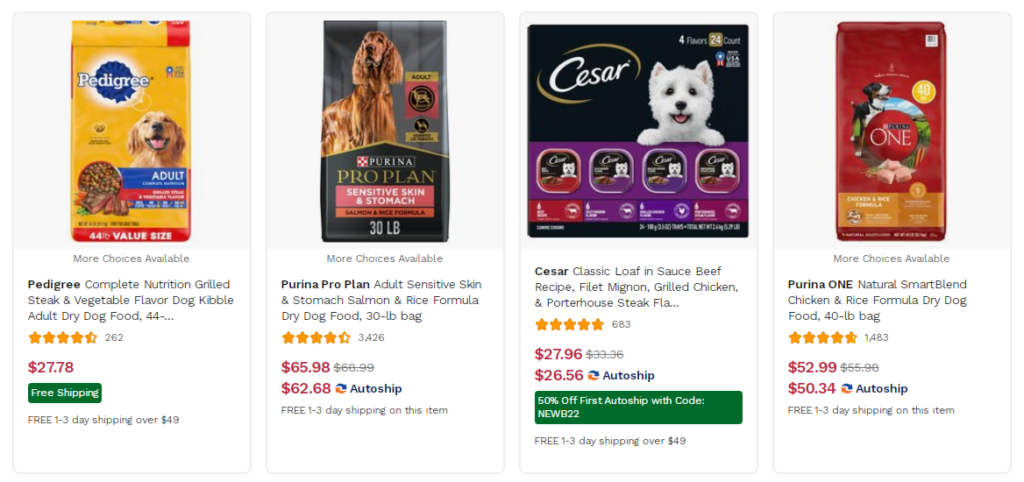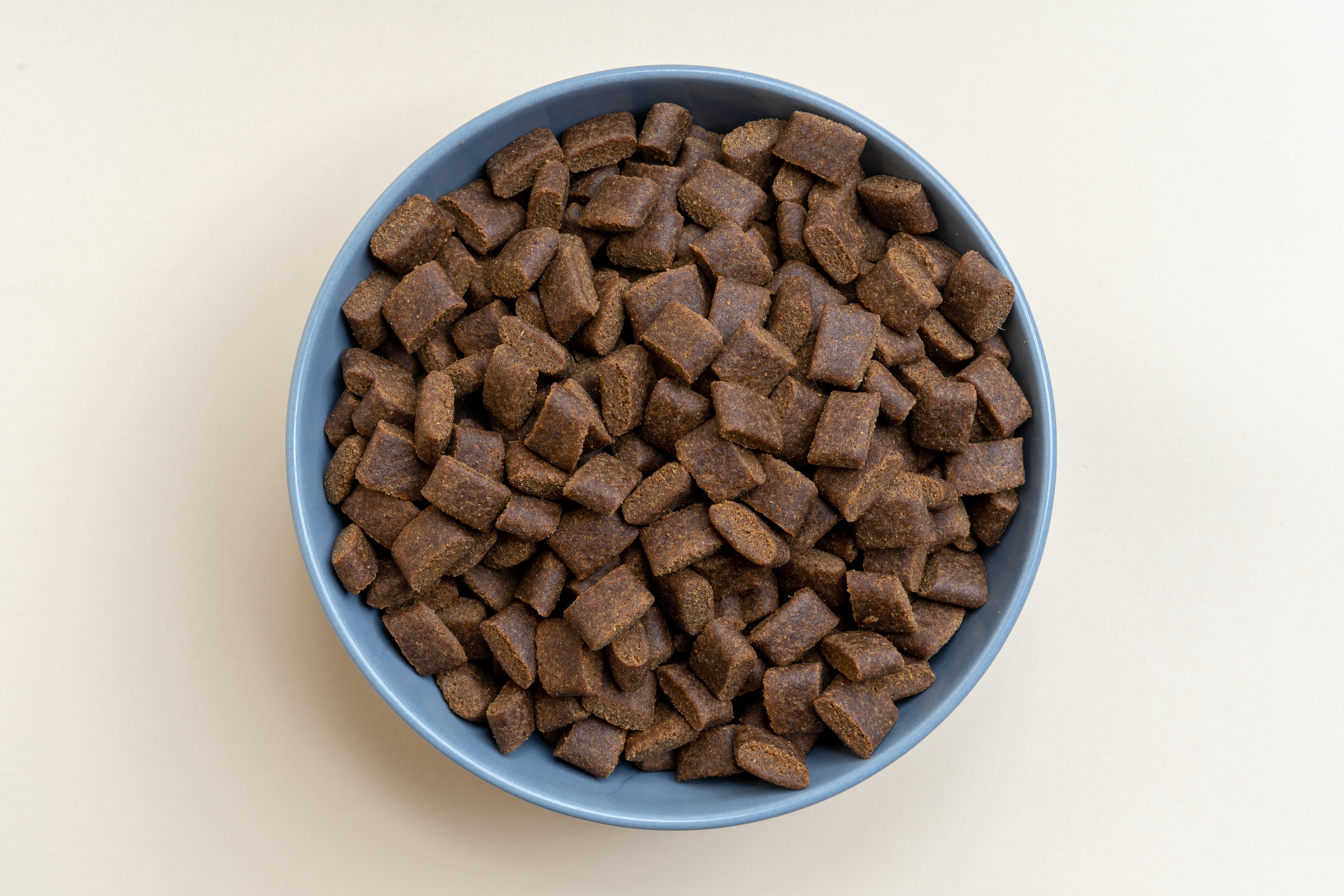When it comes to feeding your dog, the options can be overwhelming. With so many types of dog food on the market, it can be challenging to know which is the healthiest for your pet.
However, it’s important to remember that dogs are individuals, and what works well for one dog may not work well for another.
According to veterinarian Carol Osborne of Chagrin Falls Pet Clinic, “If you want to know if a food is good for your pet, look at your pet. Your pet is a reflection of what they are eating.”
Food Options

The good news is that plenty of excellent dog food options are available. To help you make the best decision for your pet, we consulted with veterinarians and animal nutritionists to select some of the best dog foods across different categories and price points.
These include dry kibble, canned wet food, fresh food, and foods for puppies, adult dogs, and senior dogs.
When evaluating and selecting each pick, we used a long list of expert-informed criteria, including nutritional adequacy, calorie content, and ingredients.
All the foods in this guide meet AAFCO standards, meaning they have good fat, protein, and fiber for a dog’s life stage (growth or maintenance).
It’s important to note that the advice in this article is geared toward the “average dog.” This includes passive or moderately active (e.g., walks and trips to the park) but not working or performance dogs.
The “average dog” is either a healthy weight or slightly overweight and is generally healthy. However, if you’re thinking about switching your dog’s food to help address their weight, a health problem, or any other concern, it’s best to consult your veterinarian first.
Dry Kibble category

In the dry kibble category, our experts recommend looking for foods made with high-quality protein sources, such as chicken, fish, or lamb.
These proteins should be listed as the first ingredient on the label. Additionally, look for foods free from artificial preservatives, colors, and flavors.
Finally, avoid foods that contain by-products, which are lower-quality protein sources. Food with high-quality protein sources and free from artificial preservatives, colors, and flavors for wet or canned food.
Look for options that are low in sodium and have a high moisture content to keep your dog hydrated. Find good recommendations from experts in The ULTIMATE Guide to DOG Health book.
Option of Fresh Food

Fresh food is another excellent option for dogs. These meals are typically made with high-quality, human-grade ingredients and are free from preservatives, colors, and flavors.
They are also usually made with protein, vegetables, and grains. It’s important to note that fresh food requires refrigeration and has a shorter shelf life than other options.
Try looking for foods formulated for growth and development for puppies. These foods should be high in protein and contain essential nutrients such as DHA and EPA for brain and eye development.
On the other hand, adult dogs should be fed a diet formulated for maintenance. These foods should contain moderate amounts of protein and should not be too high in calories.
Senior dogs, like puppies, have different nutritional needs than adult dogs. As dog’s age, they tend to become less active and have a decreased ability to digest certain nutrients.
As a result, our experts recommend looking for foods that are formulated for senior dogs and are lower in protein and calories. These foods
should also contain added nutrients such as glucosamine and chondroitin to support joint health and antioxidants to support overall health.
Ingredient list

Another essential factor to consider when choosing dog food is the ingredients list. The first ingredient on the list should be a high-quality protein source.
Avoid foods that contain fillers such as corn, wheat, and soy, as well as by-products, which are lower-quality protein sources. Instead, look for foods that contain whole grains, such as brown rice or barley.
It’s also important to note your dog’s specific dietary needs. For example, if your dog has food allergies or sensitivities, look for foods formulated for these particular needs. Some dogs may also benefit from a grain-free or limited-ingredient diet.
Conclusion
In conclusion, choosing the right food for your dog can be overwhelming, but it doesn’t have to be.
By keeping in mind your dog’s individual needs and considering the criteria outlined in this article, you can make an informed decision on the best food for your furry friend.
Always consult your veterinarian before making significant changes to your dog’s diet. Then, your dog can enjoy a happy and healthy life with the right food.


